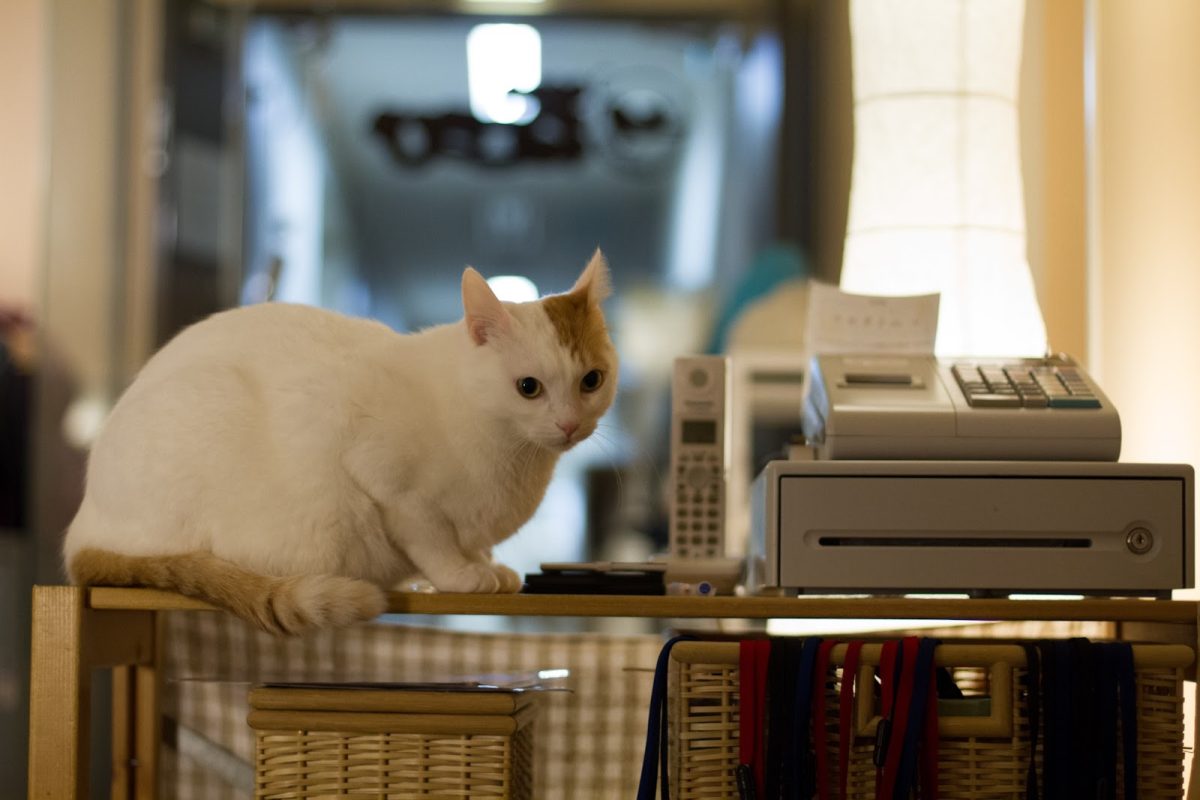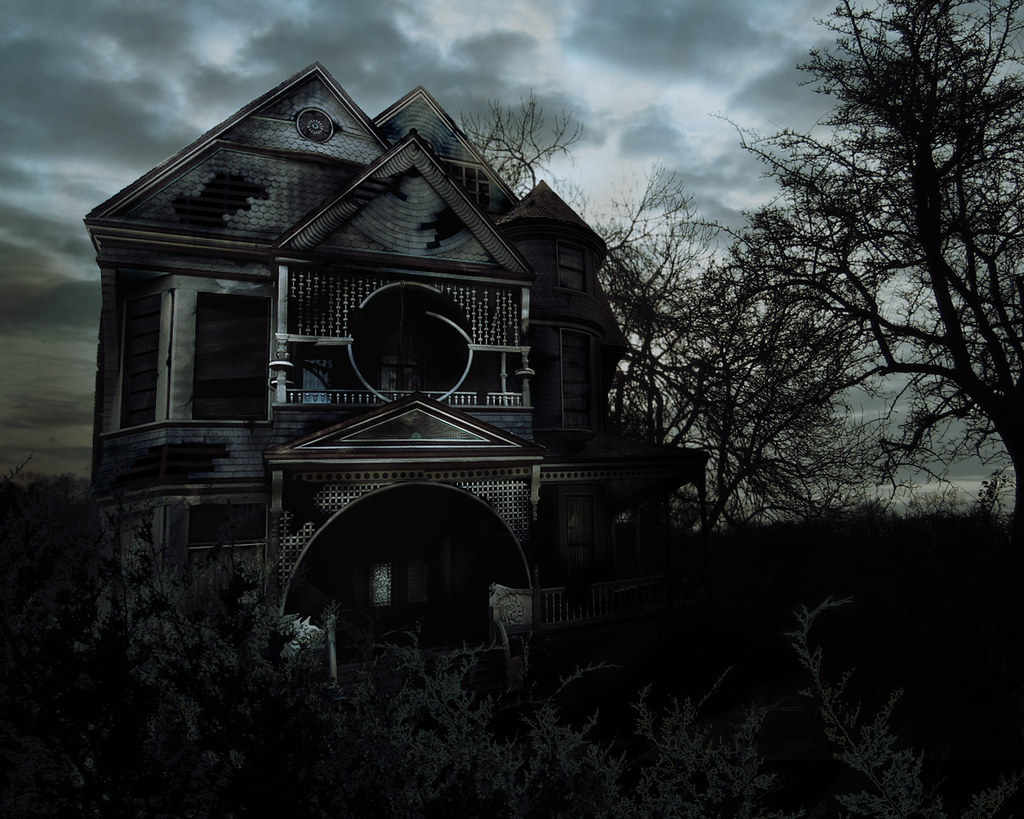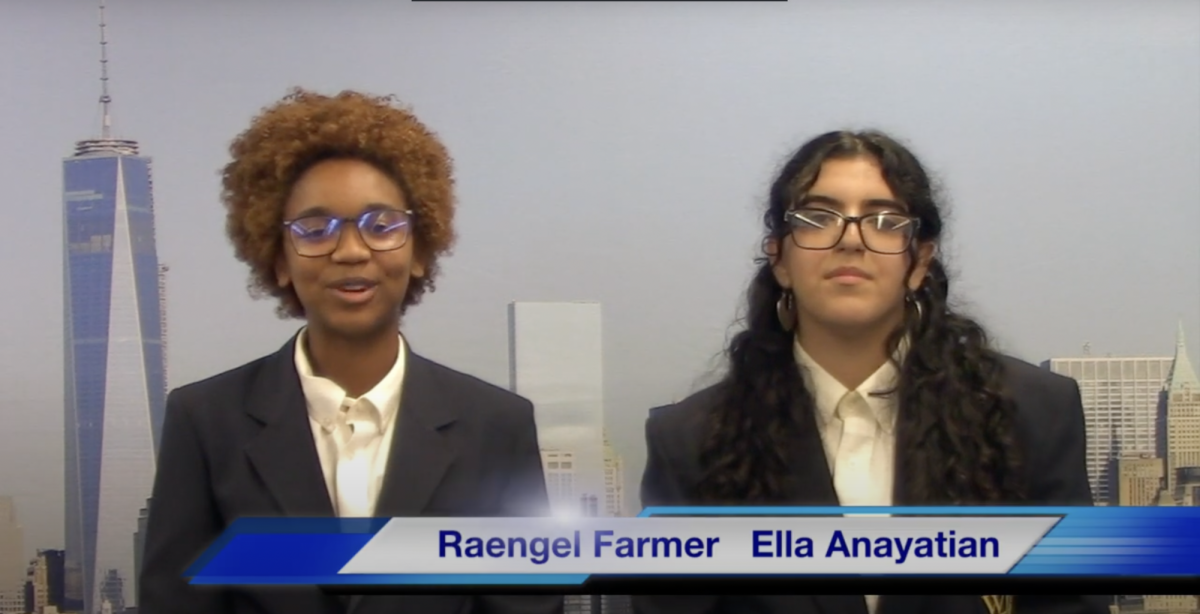Art is considered a branch of visual figments of the imaginations and products of man’s creative activities. The word art in the American dictionary means the quality, production, expression, or realm, of what is beautiful, appealing, or of more than ordinary significance. Art is looked at as a field of skill, technique, and genre. The one form of art that has an overall physical effect on artists is the art of dance. When artists have the skill to portray a message by simply moving their bodies to one melody, it appears to have an effect on the observers.
Annmarie Milohnic, an employer and former dancer at Robert Mann Dance Centre in Bayside said, “When I dance I don’t care what people think about me, I get into my own world and nothing else seems to matter. There are no limits in dance, your body is your instrument and almost anything is possible. It’s my way of expressing myself when I can’t always find the words to do so.”
Ballet and its Importance to the Art of Dance
The art of Ballet requires a lot of stability and strength within the body. Ballet is a poised style of dance that incorporates the foundational techniques for many other dance forms. This genre of dance is very hard to master and requires much practice.
Milohnic also said “I believe that Ballet is the basis of all genres of dance. Ballet teaches you discipline; it strengthens your core; improves flexibility, posture and balance; gives an individual confidence…the list is endless. It doesn’t only have a positive effect on an individual when it comes to dance but with everyday life as well.”
According to the History of Ballet online source http://www.ccs.neu.edu/home/yiannis/dance/history.html, Ballet originated in the Italian Renaissance courts of the 15th century and was further developed in France and Russia. The website also said that Ballet has since become a highly technical form of dance with its own vocabulary. It is primarily performed with the accompaniment of classical music and has been influential as a form of dance globally. Ballet has been taught in ballet schools around the world, which use their own cultures and societies to influence the art. Ballet dance works are choreographed and performed by trained artists.
It is best known in the form of Late Romantic Ballet, which focuses on Pointe work, flowing, precise acrobatic movements, and often presents the dancers in the conventional short white French tutu. Later developments of ballet include expressionist ballet, Neoclassical ballet, and elements of Modern dance.
Jazz, the Origins of Style
Jazz stems from two distinct origins. In the mid 1920s, jazz dancing referred to dance styles that originated from the African American vernacular dance of the late 19th century to mid-20th century.
According to LoveToKnow Corporation’s website http://dance.lovetoknow.com/History_of_Jazz_Dance, the other type of dance originated after the 1950s pioneers such as Katherine Dunham took the essence of Caribbean traditional dance and made it into a performing art. With the growing domination of other forms of entertainment music, jazz dance evolved on Broadway into the new, smooth style that is taught today and known as modern jazz.
Modern jazz is simply about technique and character. Now that Jazz is being modernized, many dance artists can make the dance their own by adding more charisma and attitude to certain techniques. The upbeat tempo of jazz dancing stirs emotions of attitude in the dancer.
Bianca Rosenburg, WJPS junior said, “Modern jazz has always been fun for me. Ever since I was little I have learned to challenge myself and my body. My favorite thing about dancing jazz is learning tricks like flips and rolls because it challenges my physical ability. I have realized that jazz can be portrayed in several ways it’s not always upbeat and jumpy unless you’re dancing a Broadway piece. Jazz can also be sensual and slow like for example ‘All that Jazz’ Broadway dance. It truly depends on what story you’re trying to tell.”
Sara Mesa dancer of jazz for 10 years said, “ Jazz is the type of dance that I could show off all my gymnastic skills as well as maintain my jazzy character. Through technique I truly think that dancing jazz brings out dancers physical sassy-ness.”
Tap, Rhythm, and Sound
The tap arithmetic demonstrates the frequent use of syncopation. Choreography typically starts on the eighth or first beat-count. Another aspect of tap dancing is improvisation. This can either be done with music and follow the beats provided or without musical accompaniment, also known as acappella dancing.
This kind of tap dancing, also called “rhythm tap”, was part of the dancing of slaves in America. Tap like ballet has its own musical language. Their are phrases used like the shuffle, shuffle ball change, flap, flap heel, cramproll, buffalo, Maxi Ford, single and double pullbacks, wings, Cincinnati, Lindy, the paddle roll, the paradiddle, stomp, brushes, scuffs, and single and double toe punches, heel clicks, single, double, and triple time steps, riffs, over-the-tops, and chugs. Dancing tap brings listeners a sense of pure sounds. Sounds that come from metal plates bellow one’s foot that is considered to be a form of music.
21 year dancer and 17 year dance teacher, Annmarie Milohnic had also said, “The technique of any dance form never really changes. Styles definitely change, new approaches and ideas are constantly coming about; but the technique and basic vocabulary of each genre of dance stays consistent.”
The Power of Lyrical
Lyrical is a fusion of ballet with jazz and contemporary dance techniques. Lyrical dance style has its primary basis in ballet, combining the many technical elements of classical ballet with the freedom and sensual aspects of jazz, contemporary and modern dance. It is typically considered a sub-category of jazz and contemporary dance, the latter itself being an emerging category. Lyrical dance is expressive, simultaneously subtle and dynamic, focused on conveying musicality and emotion through movement. It is a combination of intricate, highly technical, and naturalistic moves.
Lyrical is simply like painting a picture of emotion. It’s when a dancer is free to show their true artistic style of dance and it’s the only type of dance a dancers aloud to pronounce their true inner feeling. It is usually danced to popular music with rich lyrics. It is easier to lyrical dance to a power song with dynamic lyrics because dancing lyrical is meaningful.
“ The only type of dance that can really get the audience to stop and pay attention is a lyrical dance. I enjoy it because I feel I could let go and be me while I’m dancing it.” said Veronica Lanoue a 12th year dancer at Robert Mann Dance Centre.
Cultural Dance
According to “Folk dance” is a term used to define cultural dance as an overall package. folk dancing is applied to dances of historical importance in the European culture that had originated before the 20th century. Folk isn’t like every other type of dance, it defines certain ethnicity’s and brings out the traditional ways of dance. There are all different types of cultural dance that formed from other countries.
Another type of dancing is the traditional Indian dancing like Bhangra, WJPS junior Andleeb Khushnood said “The cultural dance of Bhangra is something I will carry throughout my life, it is what defines the way I dance and the way my culture dances. The one thing I love most about it is being able to bring my diverse culture along with me.”
Bhangra dance began as a folk dance to celebrate the coming of the harvest season. The specific moves of Bhangra reflect the manner in which villagers farmed their land. Today, Bhangra dance survives in different forms and styles all over the globe, including pop music, filmsoundtracks collegiate competitions and cultural shows.
Emotional Effect on Observers
Observing the art of dancing has a substantial emotional effect too. When watching the emotional setting of dance the person who watches is in a state of awe. Some people feel that watching people dance brings them a state of comfort and enjoyment. Some will feel a sense of inspiration. Dance brings people to an understanding of creativity.
Viewers of dance usually can feel what the dancer feels while paying close attention to the dancers body movement as well as the facial gestures.
Side Bar of brief definitions: Popular Types of Dancing
There are so many different ways dancers can convey messages. Such as all the diverse types of dance there are. For example, the dances of ballet, jazz, lyrical, and tap. There are also forms of cultural dancing. All these types of dances are portrayed in many different ways.
Ballet a classical dance form demanding grace and precision and employing formalized steps and gestures set in intricate, flowing patterns to create expression through movement.
Jazz is a style of dance usually performed to music of the early 1940’s and are marked generally by harmonic and rhythmic complexity, emphasis on chord progressions rather than melody, a tendency to draw on classical forms and styles. Performed with violent bodily motions and gestures.
Lyrical is a style of dance that expresses deep personal emotion. It is usually performed with highly enthusiastic music with strong lyrical meaning.
Tap is a dance in which dancers perform with flat metal plates on the bottom their shoes. The metal plates are nailed to the heel and ball part of their feet and they create a rhythm by simply clicking the taps against the floor.




































